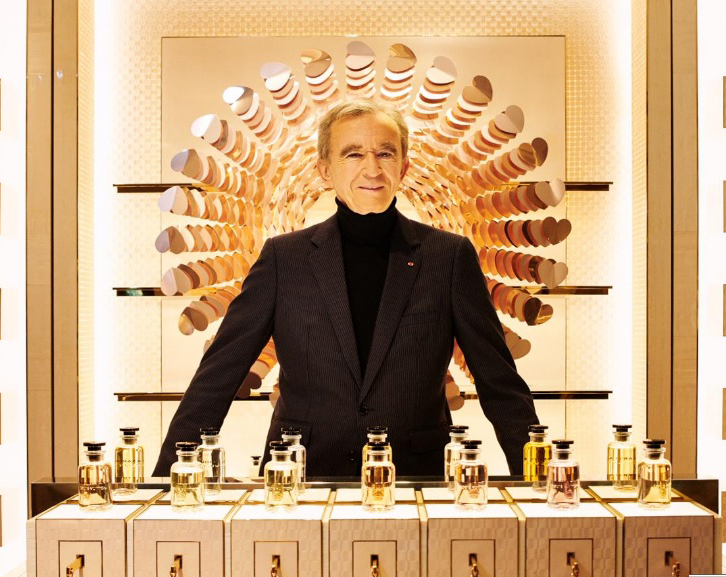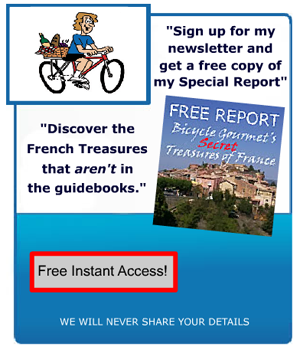French Coronoavirus Samaritan
French Coronoavirus Samaritan
is, as I explained in my last post, the gignormous French luxury conglomerate LVMH.
While the names, Dior,Givenchy,Guerlain and Fendi are universally familar – there is a name connected with the French Coronavirus Samaritan that,unless you’re intro International business, will not ring any bells.
That name is: Bernard Arnault. He is the big Kahuna. The Main Man. He who calls the shots. And since putting together, and running LVMH, Monsieur Arnault is now the third richest man in the World. Just behind Jeff Bezos and Bill Gates.
My fellow scribbler Susan Adams at Forbes has the luxurious details:
“Why are brands like Louis Vuitton and Dior so successful?” Arnault asks. “They have these two aspects, which may be contradictory: They are timeless, [and] they are at the utmost level of modernity. . . . It’s like fire and water.”
That paradox has translated into record sales and profits at LVMH, whose roster of more than 70 brands includes Fendi, Bulgari, Dom Pérignon and Givenchy. That, in turn, has helped drive up LVMH’s stock price, which has nearly tripled in less than four years. Arnault, who owns 47% of the company’s shares with his family, is now worth $102 billion, $68 billion more than he was in 2016. He is the third-richest person on earth, just behind Jeff Bezos ($110 billion) and Bill Gates ($106 billion).
And at 70, Arnault is far from done. In late October, LVMH made an unsolicited $14.5 billion bid for the 182-year-old American jeweler Tiffany. If the deal goes through, it will be Arnault’s biggest acquisition ever. “If you compare us to Microsoft, [we are] small,” he says. Indeed, LVMH’s market value of $214 billion lags far behind the software giant’s $1.1 trillion. “It’s just the beginning,” says Arnault.
Arnault’s beginnings in France’s industrial north were far removed from the glittering perch he now occupies. His first love was music, but he didn’t have the talent to make it as a concert pianist. Instead, after graduating from an elite French engineering school in 1971, he joined his father at the construction firm founded by his grandfather in the city of Roubaix.
An exchange with a New York cab driver that same year planted a seed that would grow into LVMH. Arnault asked the cabbie if he knew of France’s president, Georges Pompidou. “No,” replied the driver, “but I know Christian Dior.”
At age 25, Arnault took charge of the family business. After socialist François Mitterrand became France’s president in 1981, Arnault moved to the States and tried to build a division there. But his ambitions were bigger than construction. He wanted an enterprise he could scale, a business with French roots and international reach.
In 1984, when he learned that Christian Dior was for sale, he pounced. Its parent, a textile and disposable-diaper company called Boussac, had gone bankrupt, and the French government was looking for a buyer. Arnault put up $15 million of his family’s money, and Lazard supplied the rest of the $80 million purchase price. At the time, according to reports, he made a pledge to revive operations and preserve jobs, but instead he fired 9,000 workers and pocketed $500 million, selling off most of the business. Critics recoiled at his brazenness, which seemed more American than genteel French. The media later dubbed Arnault “the wolf in the cashmere coat.”
Arnault’s next prey was Dior’s perfume division, which had been sold to Louis Vuitton Moët Hennessy, and a fight between the company’s brand heads gave him an opening. First, he teamed up with the boss of Vuitton, the leather-goods company whose founder had made custom trunks for Empress Eugénie, the wife of Napoleon III. Arnault helped the head of Vuitton oust Moët’s chief, only to get rid of him, too. By 1990, again backed by Lazard and using the cash from Boussac, he had taken control of the company, which included Moët & Chandon, the famous French champagne maker, and Hennessy, the French cognac producer that dates to 1765.
After conquering Louis Vuitton Moët Hennessy, Arnault spent billions to acquire leading European companies in fashion, fragrance, jewelry and watches, and fine wines and spirits. Since 2008, LVMH has purchased 20, bringing the total to 79 brands. In 2011 it paid nearly $5 billion for the Italian jeweler Bulgari in a mostly stock deal. Two years later it bought the fine-wool purveyor Loro Piana for a reported $2.6 billion. Arnault’s most recent acquisition was in April when LVMH paid $3.2 billion for the London-based hotel group Belmond, whose opulent holdings include the Cipriani hotel in Venice, the luxury train line Orient Express and three ultra-luxe safari lodges in Botswana.
“Bernard Arnault is a predator, not a creator,” says a banker who was close to the Boussac deal.
Arnault has not succeeded at every conquest. In 2001 he lost what the media called the “handbag war” for control of fabled Italian fashion house Gucci, to his French luxury rival, François Pinault. Over the next decade, LVMH used a stealth tactic common among hedge funds—cash-settled equity swaps—to secretly acquire 17% of Hermès, the 182-year-old maker of fine silk scarves and the iconic Birkin bag. Hermès fought Arnault off in a protracted battle that ended in 2017 with LVMH relinquishing most of its Hermès shares.
Before proclaiming his vision for his conglomerate, he catches himself. “In a way, I should not say that, because you may think I am pretentious,” he says. But then he lets loose: “[LVMH] is a French monument. Because it represents France all over the world. People know better the name of Louis Vuitton, Christian Dior, Dom Pérignon, Cheval Blanc, than anything else. Maybe they know also Napoleon? General de Gaulle? We think it’s important that this group, for the long term, is controlled by a French family.”
THROW ME A BONE HERE, PEOPLE!
WHAT ARE YA THINKIN’?

